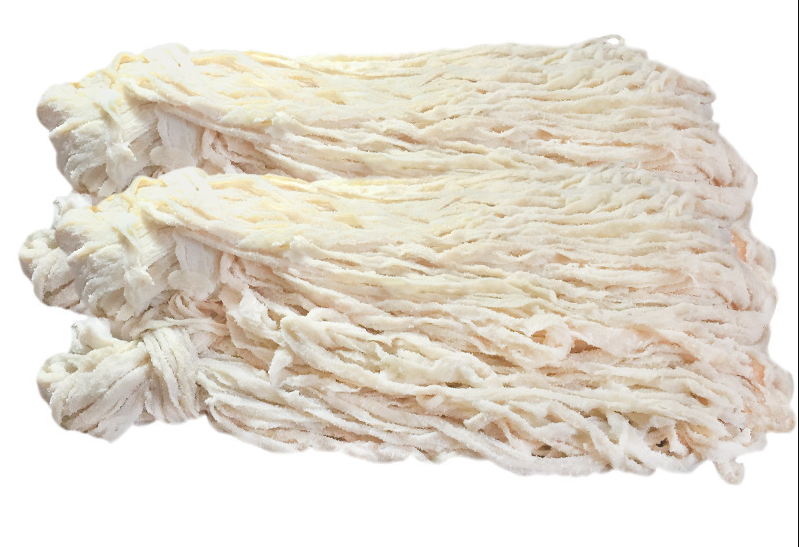Navigating the World of Dry Casings: Your Go-To Guide
May 02,2025
Understanding Dry Casings
When it comes to the art of sausage-making or the craft of charcuterie, one term that pops up quite frequently is dry casings. But what exactly are these mysterious tubes that hold our savory delights? In simple terms, dry casings are the protective envelopes made from animal intestines or synthetic materials that encase various meat products. They play a crucial role in ensuring the texture, flavor, and overall quality of the finished product. So, let’s dive in and tackle some common questions surrounding dry casings!
What Are Dry Casings Made Of?
Ah, the age-old question! Depending on your culinary preferences, dry casings can be composed of natural materials, like hog or sheep intestines, or synthetic options such as collagen and cellulose. Natural casings tend to impart a more authentic flavor, while synthetic varieties offer consistency and ease of use. Whichever path you choose, each has its pros and cons, but they all serve the same ultimate purpose: to keep your meats beautifully encased!
How Do You Prepare Dry Casings?
Prepping dry casings might sound like a daunting task, but fear not! It’s all about soaking and rinsing. Typically, you’ll want to soak natural casings in water for about 30 minutes to an hour. This step rehydrates them, making them pliable and easy to work with. After soaking, it’s crucial to rinse them thoroughly to get rid of any residual salt. And voilà! You’re all set to fill them with your delicious sausage mixture.
Can You Reuse Dry Casings?
Now, here’s where things get a little tricky. While some folks might be tempted to reuse dry casings, it’s generally not recommended. Natural casings can harbor bacteria, and reusing them could lead to food safety issues. If you’re using synthetic casings, they’re often designed for one-time use. So, as a rule of thumb, it’s best to stick with fresh casings for each batch. Better safe than sorry, right?
What’s the Best Way to Store Dry Casings?
Storage is key! If you’ve got some dry casings left over after your meat-making extravaganza, you’ll want to store them properly. For natural casings, keep them in a cool, dry place, and ideally, in a salt solution. If you’re dealing with synthetic casings, they can usually be stored in a sealed bag in a cool pantry. Just make sure to check the expiration dates—nobody wants to end up with expired casings!
Do Dry Casings Affect Flavor?
You bet they do! The type of casing you choose can significantly impact the flavor and texture of your sausage. Natural casings allow for a breathability that lets the meat develop its flavors during the curing process. On the flip side, synthetic casings can sometimes lead to a slightly different taste experience, mainly due to their material composition. So, if you’re after that authentic, homemade flavor, natural dry casings are your best bet.
Tips for Working with Dry Casings
Alright, let’s wrap things up (pun intended) with some handy tips for working with dry casings:
- Don’t rush it: Always take your time when filling casings. Patience is key!
- Keep it clean: Sanitize your workspace and tools to avoid contamination.
- Practice makes perfect: If you’re new to stuffing casings, practice on smaller batches first.
- Watch your air bubbles: Ensure an even fill to prevent air pockets that can ruin your sausages.
With these tips in tow, you’ll be well on your way to mastering the art of dry casings!
Final Thoughts
So there you have it, folks! Dry casings are not just a simple means to an end; they’re a crucial element in the world of sausage-making and charcuterie. Whether you’re a seasoned pro or just starting, understanding how to work with dry casings will elevate your culinary adventures. Now, go forth and create some mouthwatering masterpieces!
Keyword:
Latest News







